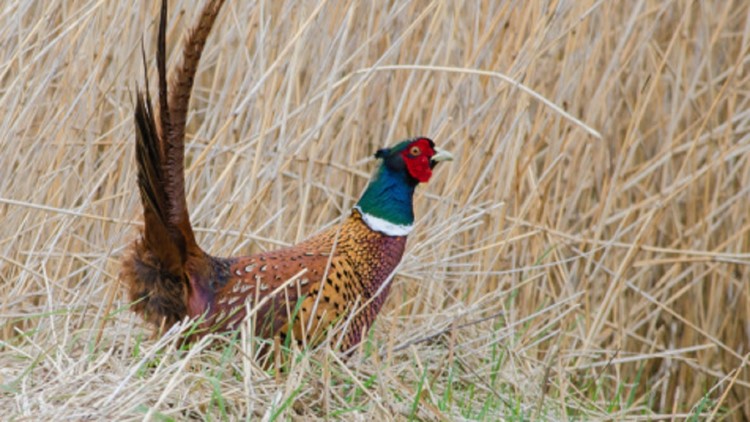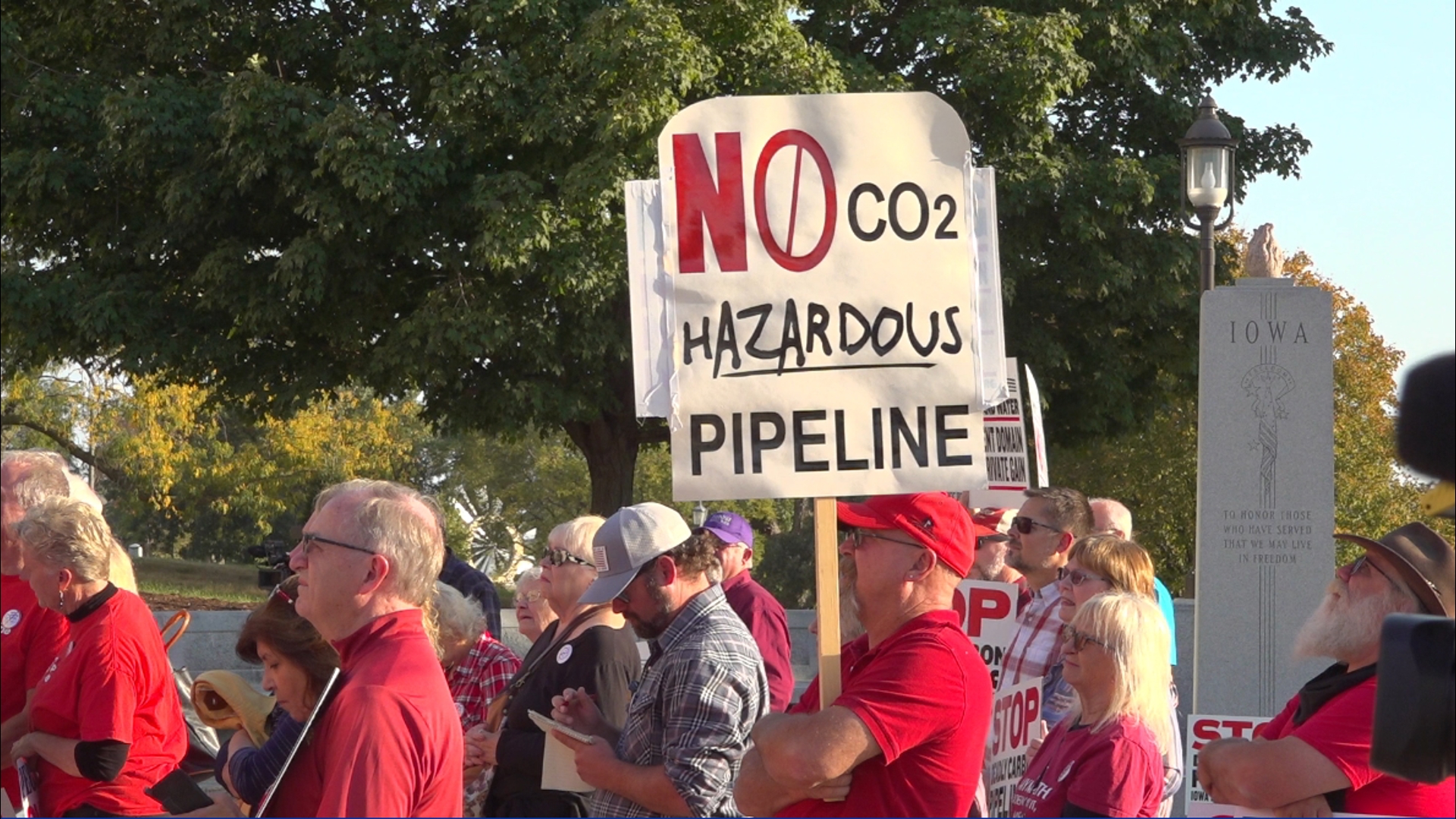DES MOINES, Iowa — The Iowa Department of Natural Resources is currently conducting its annual roadside pheasant count and expects the results to be affected by Iowa's cold, snowy winter and dry spring.
The DNR said a cold January and February hurts hen survival, but a warmer March and April helps it.
This past spring was the driest since 1994 according to the DNR.
"The model says our pheasant population we will likely be status quo to a slightly increasing,” said Todd Bogenschutz, upland wildlife research biologist for the DNR.
The survey began Aug. 1 and will go through Aug. 15. DNR staff count hen pheasants on more than 200 routes on gravel roads. The count is performed on mornings with heavy dew because hens will move their broods to the edge of the road to dry them off before feeding them.
Iowa's pheasant season begins Oct. 30.
Watch: Atlantic Middle School may remain closed through school year, superintendent says



